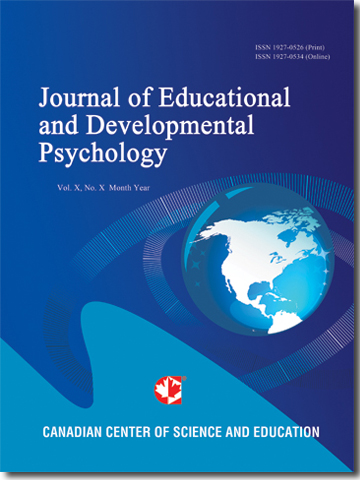Faculty Burnout in Higher Education: Effects on Student Engagement, Learning Outcomes, and Artificial Intelligence-Driven Institutional Responses
- Promethi Das Deep
- Nitu Ghosh
- Yixin Chen
Abstract
Faculty burnout is a significant challenge in higher education, impacting educators and students. This condition, characterized by emotional exhaustion, depersonalization, and reduced effectiveness, leads to decreased teaching quality and student engagement. Stress factors, including heavy workloads, administrative pressures, and job insecurity, contribute to burnout, which in turn leads to faculty attrition and poorer student outcomes. This study utilizes the SANRA (Scale for the Quality Assessment of Narrative Review Articles) framework to provide a high-quality review of existing research. The research explores the causes and consequences of faculty burnout, its impact on students, and potential institutional solutions. The review examined 20 peer-reviewed journal articles that provide a comprehensive analysis of the issue. The study identifies common factors contributing to burnout, its adverse effect on student academic performance, and practical strategies for alleviating burnout. The results demonstrate that educator burnout decreases student motivation, lowers engagement, and poorer educational outcomes. Contributing factors include overwhelming workloads, administrative demands, and lack of institutional support. Digital tools and AI-driven automation are underutilized yet promising solutions for reducing faculty workload. To address burnout, it is essential to implement balanced workloads, provide mental health resources, and utilize technological innovations to support faculty well-being and enhance student success.
- Full Text:
 PDF
PDF
- DOI:10.5539/jedp.v15n1p29
Journal Metrics
(The data was calculated based on Google Scholar Citations)
1. Google-based Impact Factor (2021): 1.11
2. h-index (December 2021): 29
3. i10-index (December 2021): 87
4. h5-index (December 2021): N/A
5. h5-median (December 2021): N/A
Index
- Academic Journals Database
- CNKI Scholar
- Copyright Clearance Center
- CrossRef
- Elektronische Zeitschriftenbibliothek (EZB)
- EuroPub Database
- Excellence in Research for Australia (ERA)
- Harvard Library
- Jisc Library Hub Discover
- JournalSeek
- JournalTOCs
- LIVIVO (ZB MED)
- LOCKSS
- MIAR
- Open Access Journals Search Engine(OAJSE)
- PKP Open Archives Harvester
- Publons
- ROAD
- Scilit
- SHERPA/RoMEO
- Standard Periodical Directory
- Stanford Libraries
- Technische Informationsbibliothek (TIB)
- UCR Library
- UoB Library
- WorldCat
- Zeitschriften Daten Bank (ZDB)
Contact
- Carol WongEditorial Assistant
- jedp@ccsenet.org
